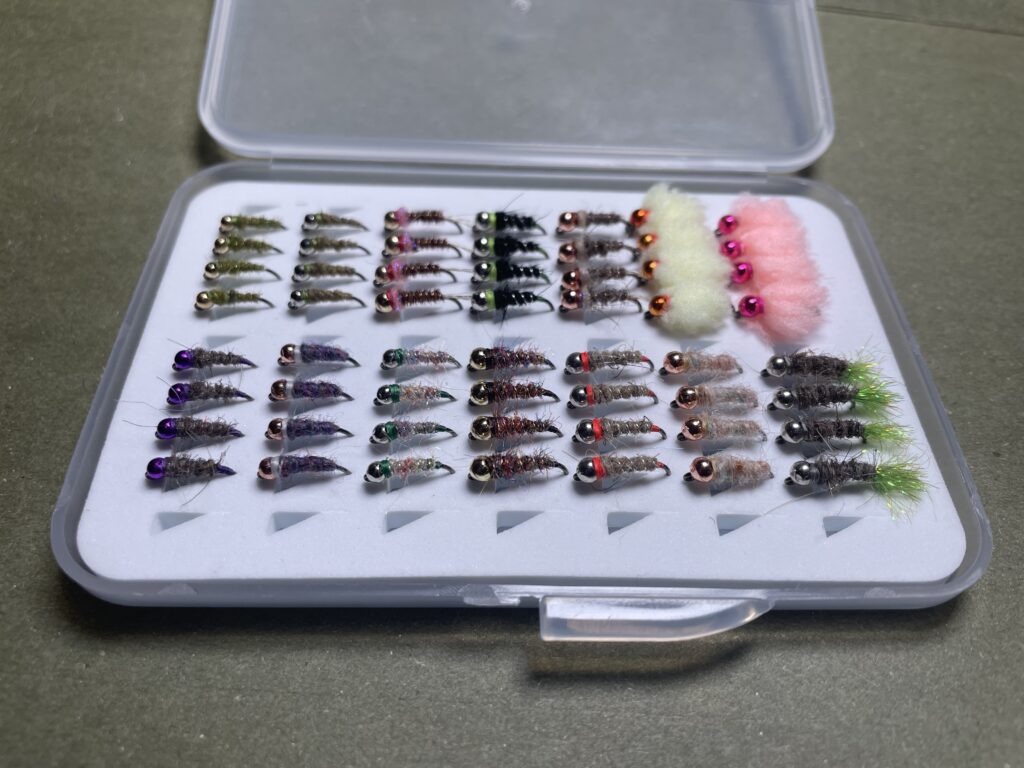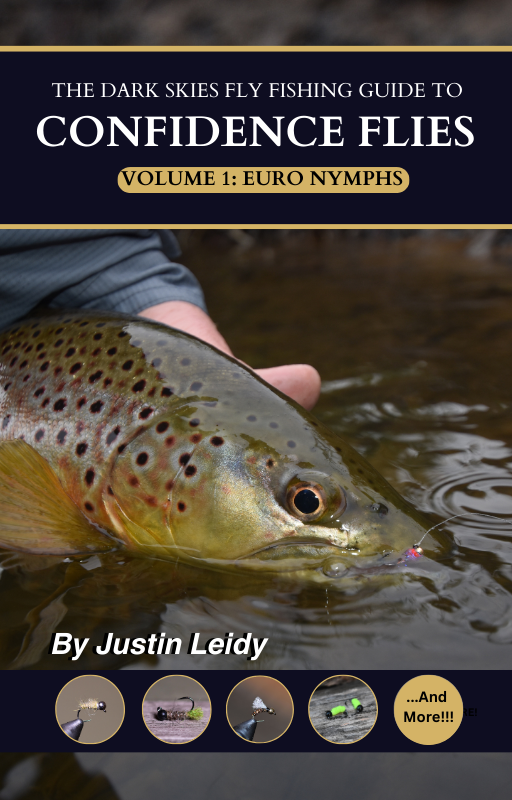Euro Nymphs: What are They and Why are They So Effective?
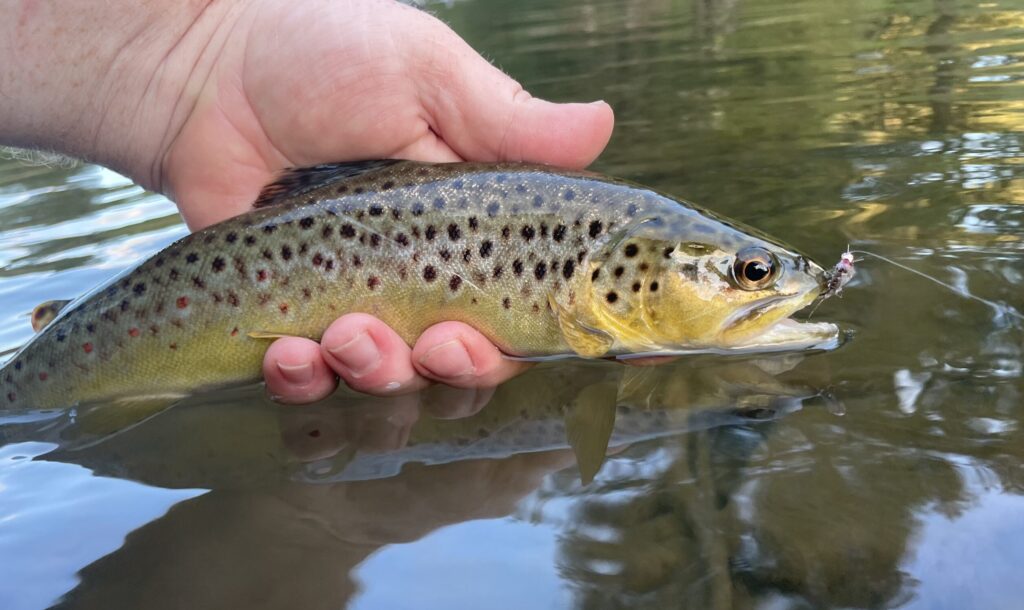
The term Euro nymph is used to describe any slim profile nymph tied with a tungsten bead. These flies are designed to drop quickly through the water column so that the angler can establish contact with the stream bottom as quickly as possible using a style of fishing called Euro nymphing, sometimes written as Euronymphing, and often referred to as contact nymphing.
Euro nymphs come in a wide range of styles and can be grouped into three categories: Perdigons, jig-style nymphs, and simply tungsten nymphs. That last category might be deceiving because, as a rule, all Euro nymphs are tied with tungsten beads.
Perdigons
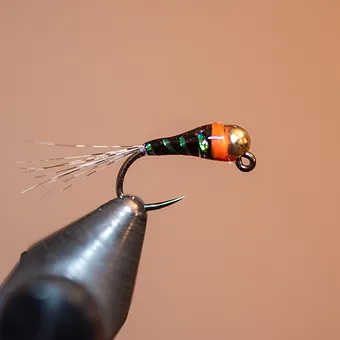
The perdigon is a style of Euro nymph developed by Spanish competitive fly anglers and popularized by French competitive anglers. These patters are distinct in that they have a slim profile consisting of a hard, body that is somewhat bullet shaped and created by a thin or thick layer of UV resin cured over the tying materials. Typically, these patterns are very simple in appearance. A tail, a body, and a thorax or collar of contrasting color, known as a hot spot. They’re more of a representative style of nymph that has challenged the notion that you need to match actual insects in order to catch fish.
The idea behind perdigons is that getting your fly in front of fish is the most important aspect of nymphing. Do that and you can catch trout on anything. Perdigons succeed in this because they’re designed to cut through the water with the least amount of resistance and get to the bottom (and stay there) for longer periods of time throughout the drift. But more about that in a minute.
Perdigons are sometimes tied on jig-style hooks, but not always. In fact, one of my favorite perdigons is tied on a scud hook. But like Euro nymphs tied on jig hooks, the overall design of a heavier head and slim body encourages the fly to ride with the point of the hook facing up.
Jig-Style Euro Nymphs
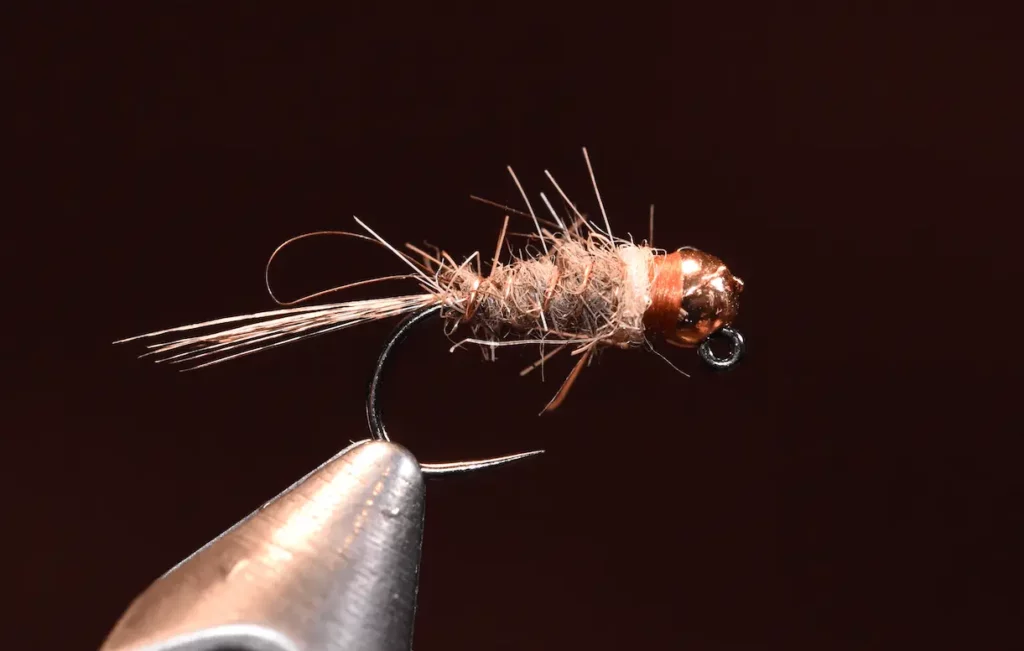
Jig-style Euro nymphs, such as the Hare and Copper Variant pictured here, are designed to bounce along the stream bottom with the point of the hook facing up. The heavier tungsten bead and hook design allow the fly to ride upside down compared to traditional hook styles, this resulting in fewer snags. This is actually a big deal for a Euro nympher, or contact nympher, who strives to keep their fly always touching bottom.
Many traditional fly patterns have been converted to jig-style Euro nymphs, using basically the same materials except for using a tungsten bead in place of a brass bead. However, many of these patterns take a minimalist approach, such as the Frenchie, which is basically a Pheasant Tail with a dubbed hot spot in place of the wing case, thorax, and legs. Not all jig-style Euro nymphs are that simple, though, and they’re can be as nuanced to tie as anything else.
Tungsten Nymphs
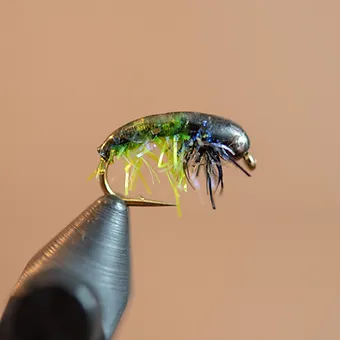
Generally speaking, all tungsten nymphs are Euro nymphs. However, they may not be coated with epoxy like a perdigon or tied on a jig-style hook.
Other than the fact that these are tied with tungsten beads, what separates these from traditional patterns tied with brass beads is that tungsten nymphs are usually tied with slimmer profiles. The goal, after all, is still the same, which is to drop to the stream bottom and establish contact as quickly as possible. Any unnecessary bulk slows down the process and voids any benefits of this style of nymphing.
Why are Euro Nymphs so Effective?
Many traditional nymphs (think Hare’s Ear, Pheasant Tail, Copper John, etc.) are tied with brass, glass, or even plastic beads, all of which are lighter in weight. For instance, tungsten has a density of 19.3 grams per cubic centimeter compared to brass which has a density of 8.73 grams per cubic centimeter. If you were to place a 1/8 tungsten bead and a 1/8 brass bead on bare hooks of the same size, the tungsten would drop more than twice as fast.
This is an important part of why Euro nymphing is so effective. For example, let’s say it takes 3 seconds for a nymph with a brass bead to reach the bottom. Technically speaking, that same fly tied with a tungsten bead should hit bottom in 1.5 seconds, everything else being equal. How much distance will your drift travel before each nymph touches bottom? Theoretically, tungsten nymphs will get there quicker, which means that your flies are down in the strike zone where the fish are feeding for longer periods of time during each drift, which means you’re covering more water more effectively and with fewer casts.
Although Euro nymphs were designed to be fished with a specific Euronymphing setup, they can be fished the same as any of the traditional patterns — tight lined, under an indicator, etc. It may even be more advantageous to use Euro nymphs under an indicator simply because they do drop so quickly, and although you’re not necessarily maintaining contact with the stream bottom with an indicator rig, the tungsten nymphs will still get down quicker than traditional nymphs and provide a longer drift through the strike zone. Euro nymphs can be used interchangeably in an indicator rig with few drawbacks.
Euro nymphs helped popularize the idea of the hot spot. Although this isn’t a new concept, it certainly brought it into the mainstream language of how we talk about fly design today. Many traditional patterns incorporated some sort of trigger point, such as a red tag, red throat, or red belly. Many times it could even be just a sharply contrasting color. Today we often call these color contrasts hot spots, and Euro nymphs have absolutely put more emphasis on their importance in the flies we use to catch trout.
Euro nymphs, and Euronymphing, have definitely impacted the fly fishing industry in profound ways. This style of fishing has been popular in Europe for many years, making its way around the globe via competition anglers who have realized the effectiveness of these methods. Regardless of how you choose to fish them, with a Euronymphing setup or an indicator rig, or some other way entirely, there’s no doubt that Euro nymphs do exactly what they’re designed to do. They get down to the bottom quickly, stay in the strike zone longer, and catch lots of trout.
Looking to learn more about some of our favorite Euro nymphs and how to tie and fish them? Check out the Dark Skies Fly Fishing Guide to Confidence Flies: Volume One, Euro Nymphs. This book highlights nine different Euro nymphs patterns that have become our go-to nymphs no matter where we fish.
Watch a fly tying tutorial for one of our favorite Euro nymphs, the Hare and Copper Variant.
Did You Find This Article Helpful?
Stay up to date with the Dark Skies Fly Fishing monthly newsletter for free and receive the latest posts in fly fishing news, tricks, tips, and techniques, stream reports, as well as updates on new flies added to the Online Store and exclusive discounts!
Sign Up Now